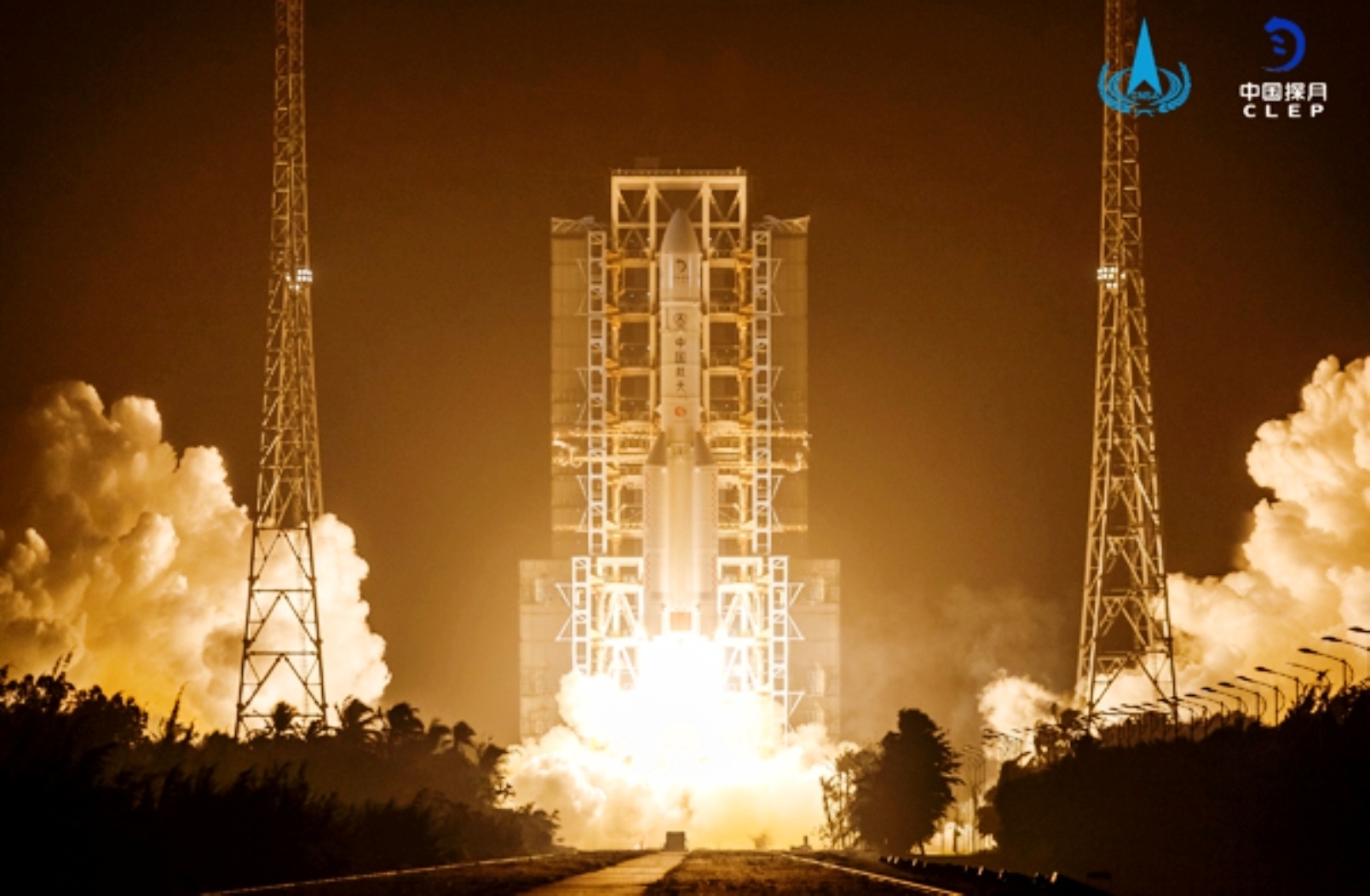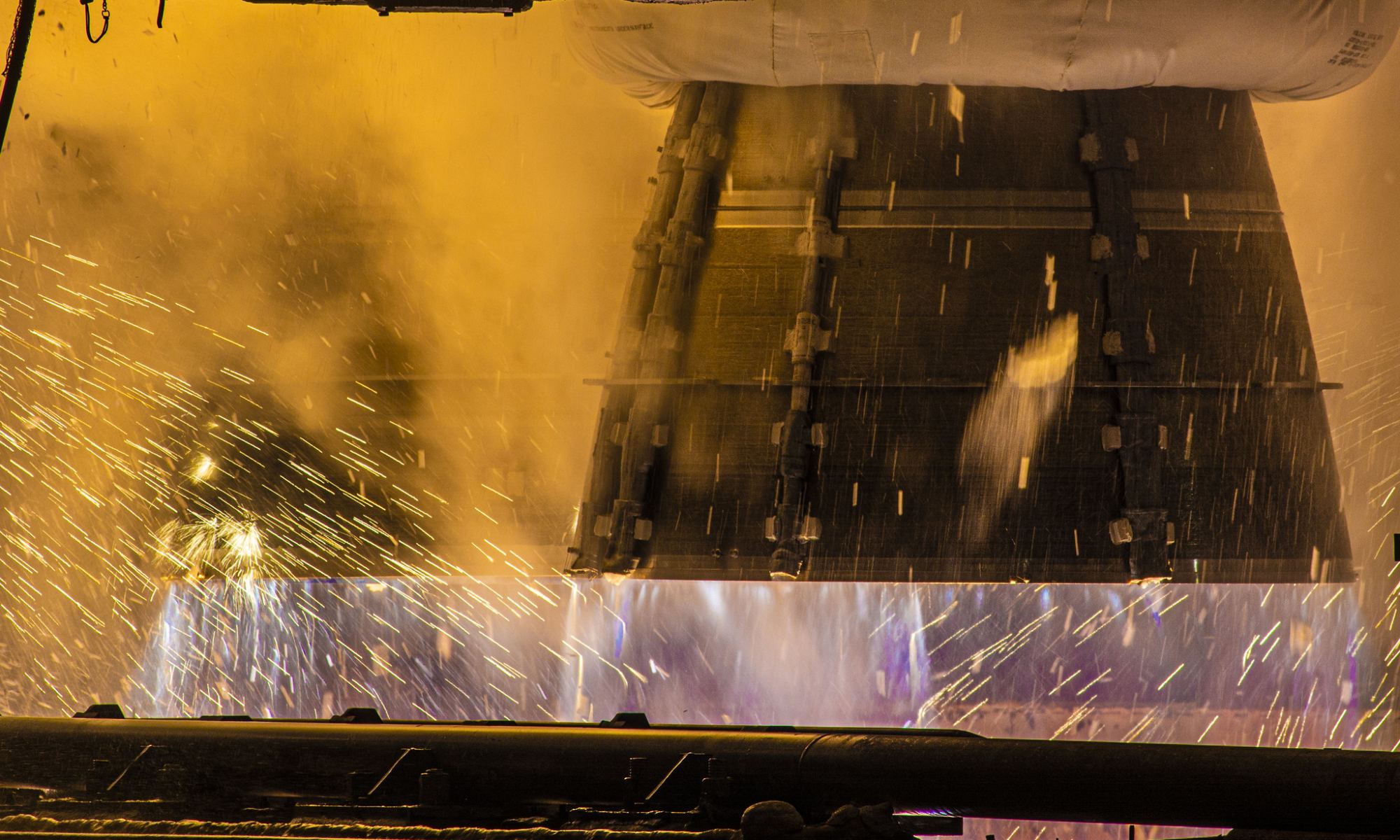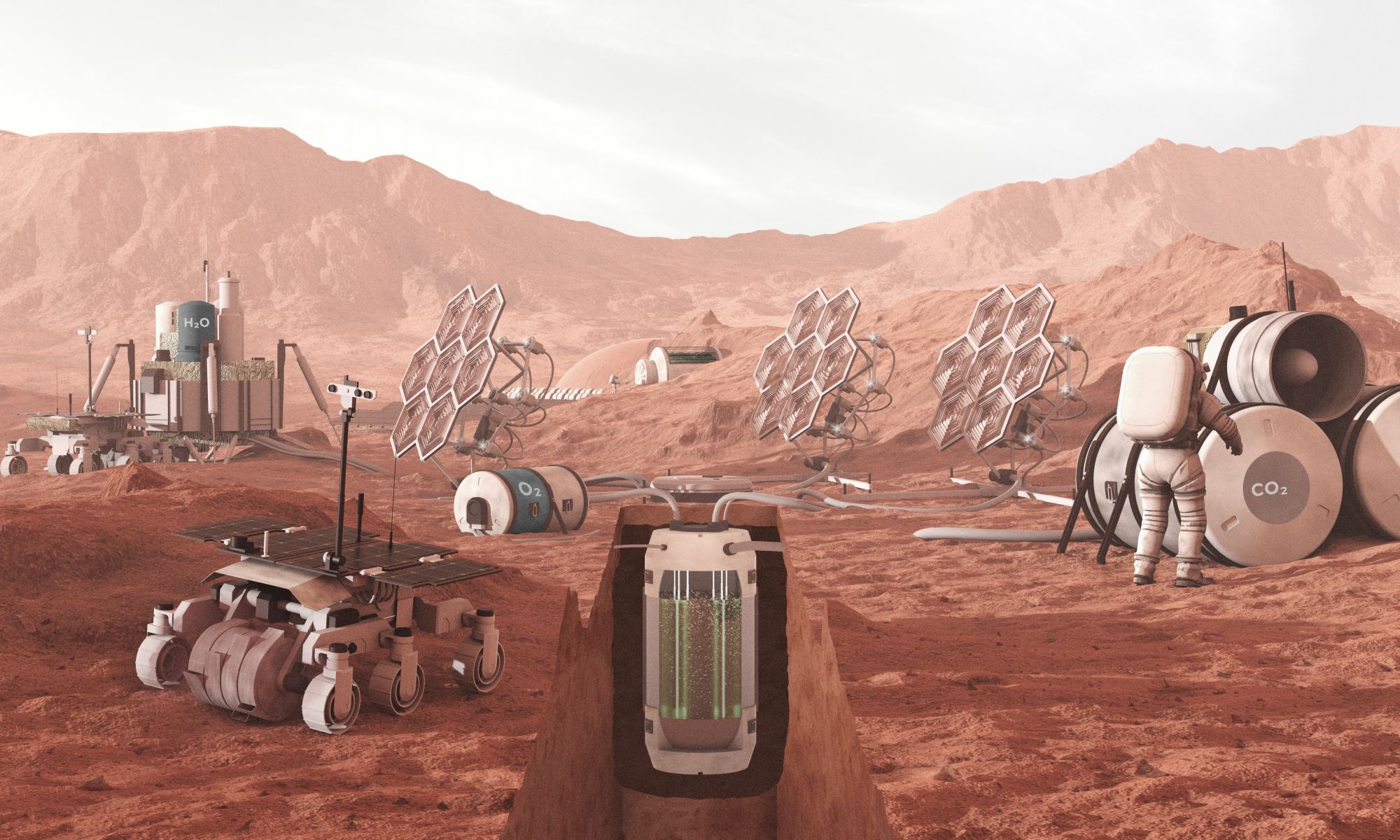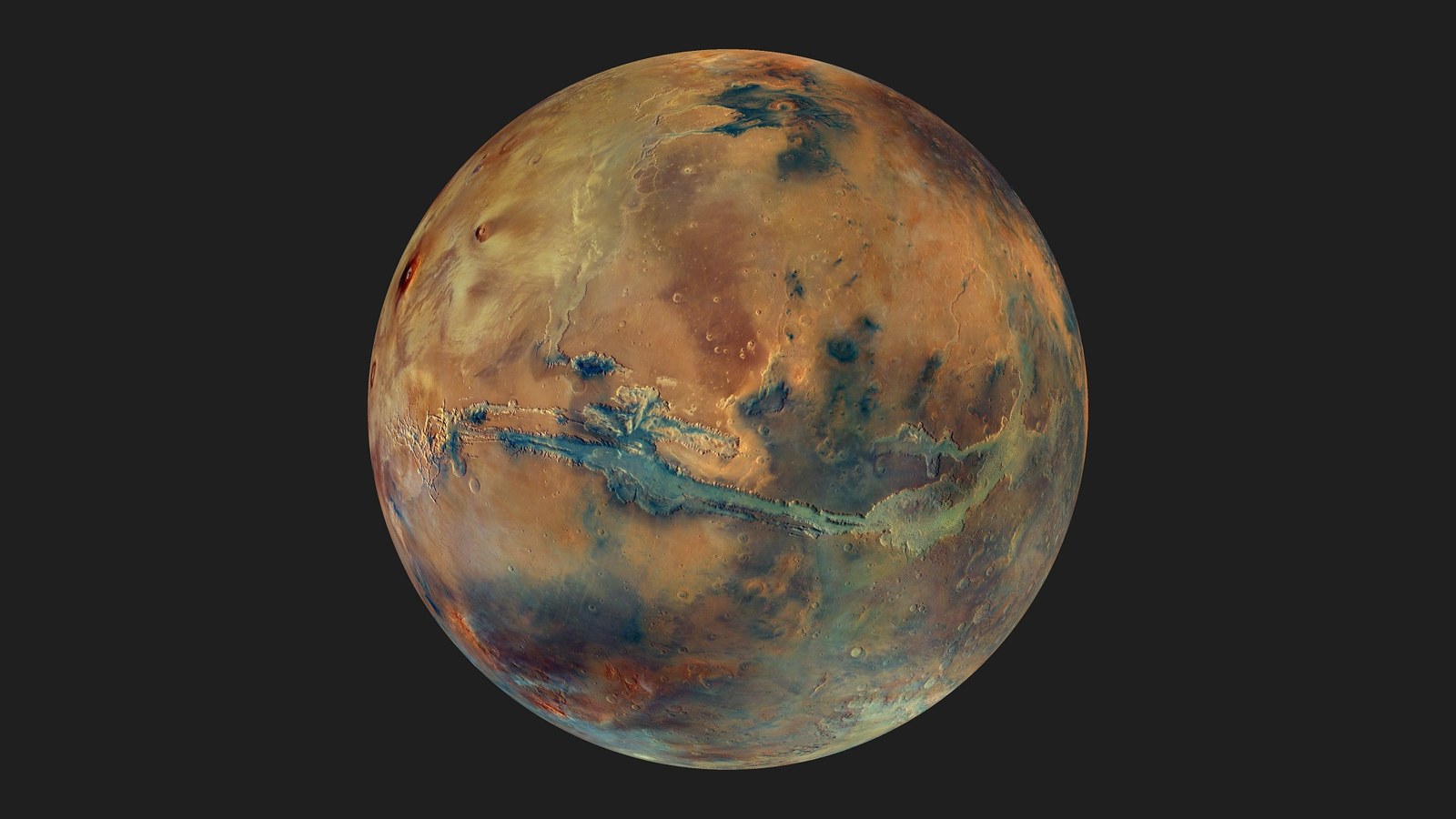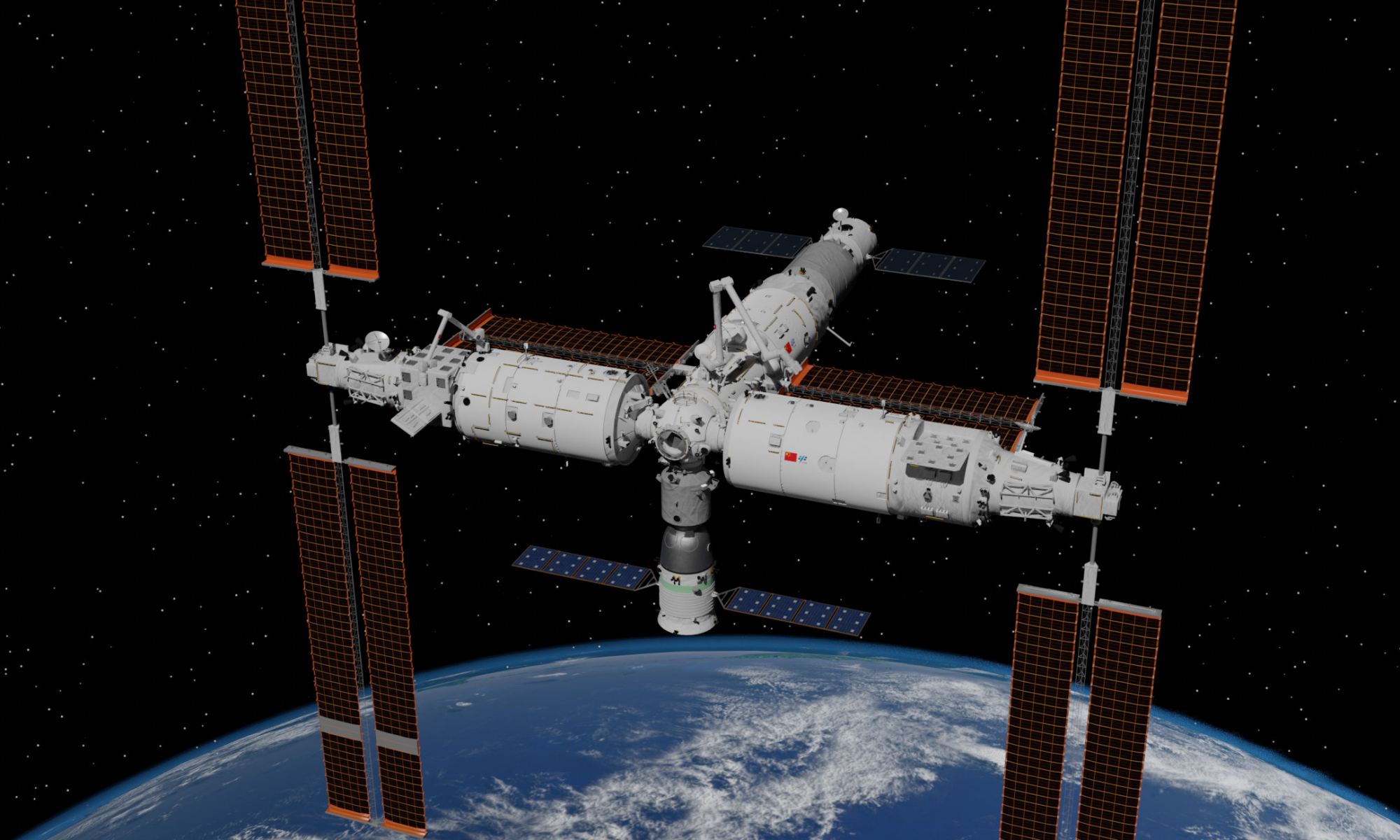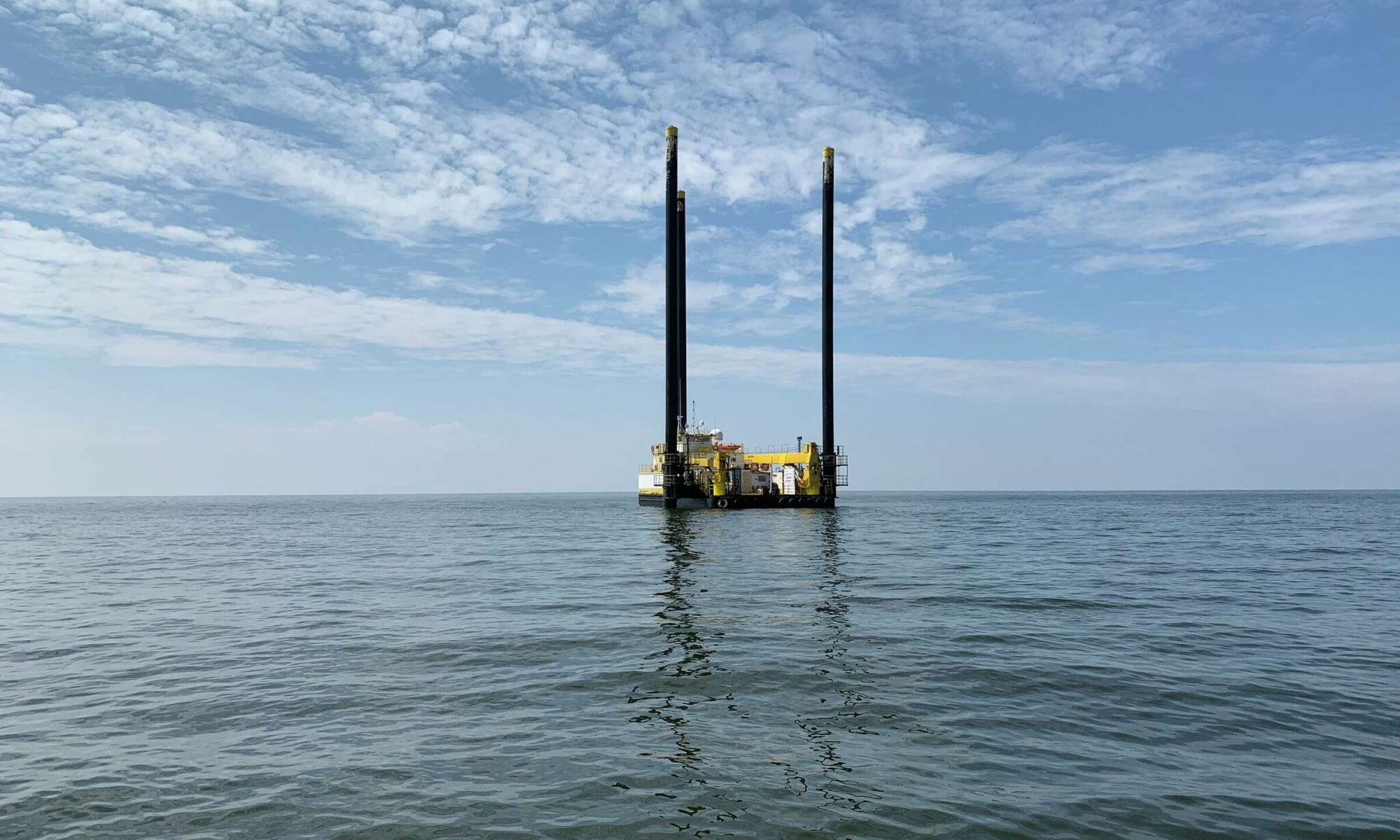Lunar regolith (aka. Moondust”) is a major hazard for missions heading to the Moon. It’s everywhere on the surface – 5 to 10 meters (~16.5 to 33 feet) in depth in some places – not to mention jagged and sticky! During the Apollo missions, astronauts learned how this dust adhered to everything, including their spacesuits. Worse, it would get tracked back into their Lunar Modules (LMs), where it stuck to surfaces and played havoc with electronics and mechanical equipment, and even led to long-term respiratory problems.
This is a major concern for the Artemis Program, which aims to establish a “sustained program of lunar exploration and development.” One of the key elements of this program is the Lunar Gateway, a lunar habitat that will orbit the Moon for a planned 15 years and facilitate long-term missions to the surface. The impact that regolith introduced by astronauts returning from the surface will have is not well understood. In a recent paper, a NASA-led team of researchers created a physics-based model to asses how regolith could impact the habitat over time.
Continue reading “Astronauts Will Be Tracking Dust Into the Lunar Gateway. Is This a Problem?”

